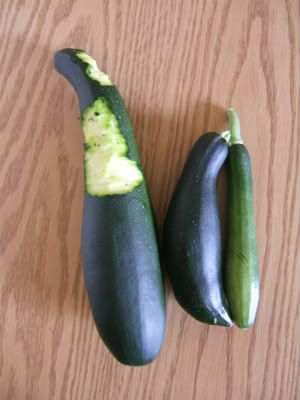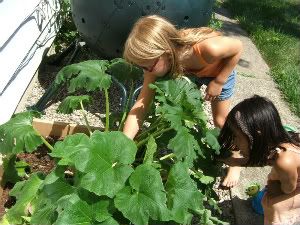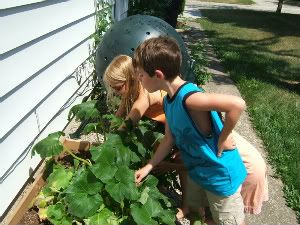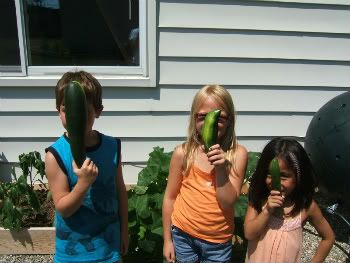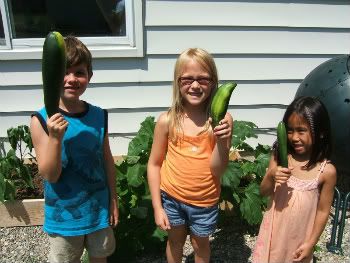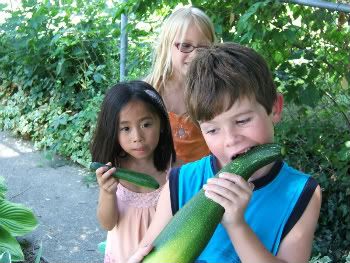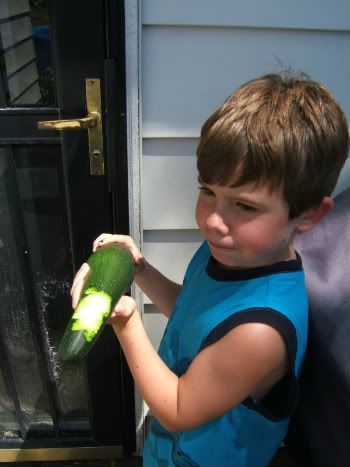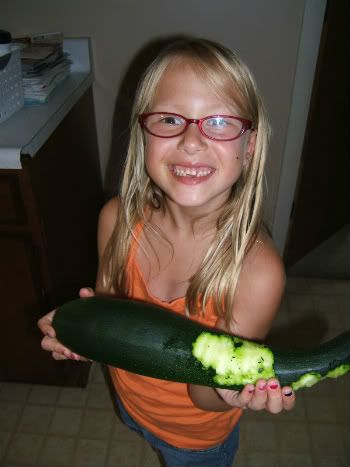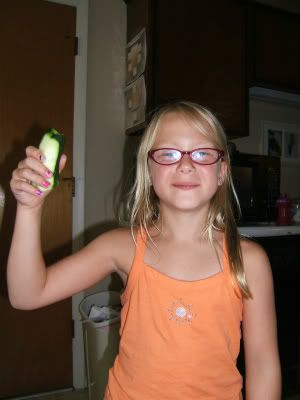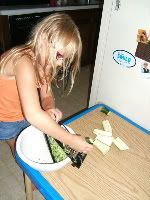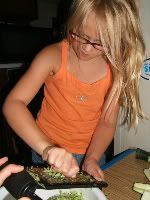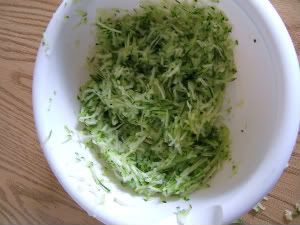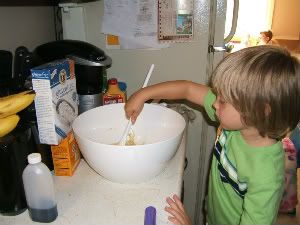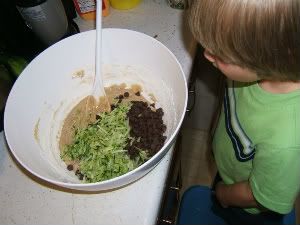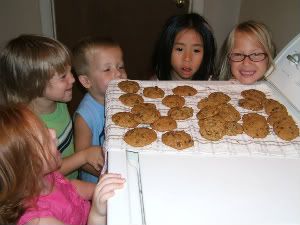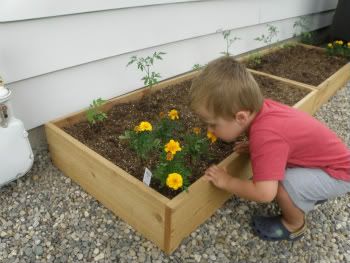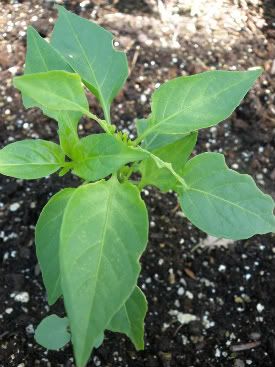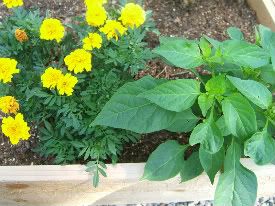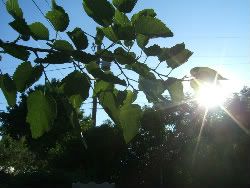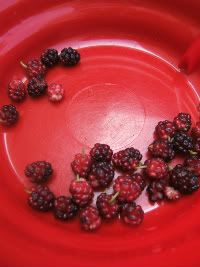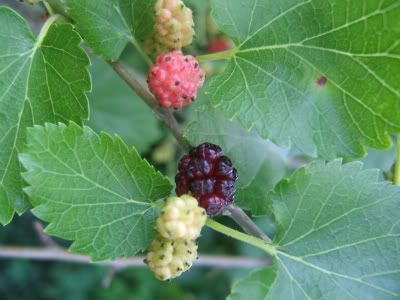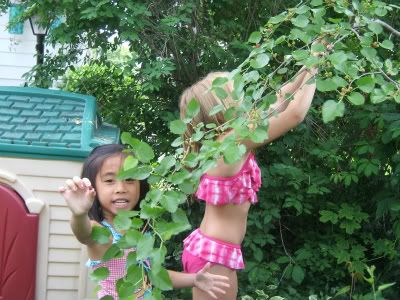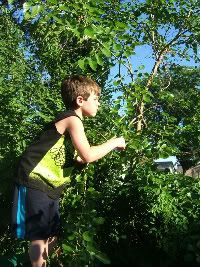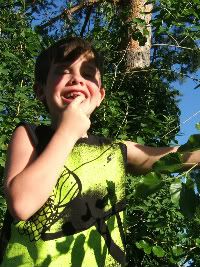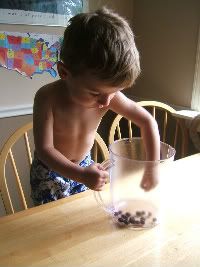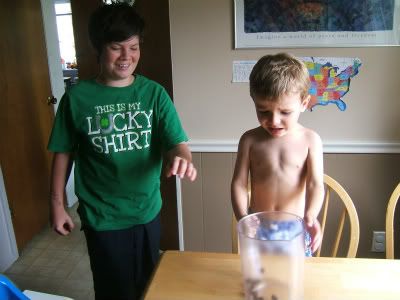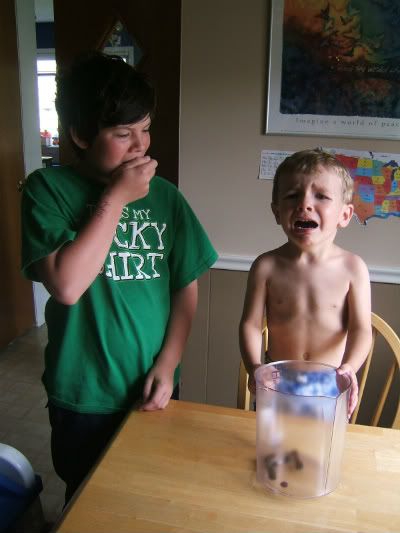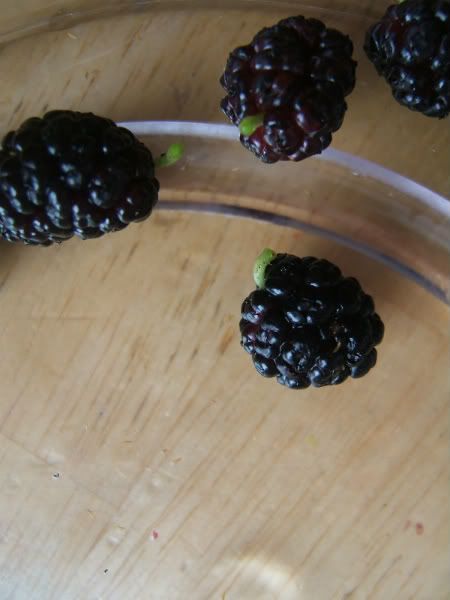Earthworms are an especially fascinating topic for every child. Picking them up out of the yard to hold them, watch them (and hopefully place them back on the ground with their life still in tact), is a popular activity around here!
This book will teach you a lot more about earthworms so that you can share the tidbits with your kids the next time you hold squiggling worm with them. It may even motivate you to build a worm composter. I know that project is now definitely on our growing list of gardening activities!
My rating: 4 of 5 stars
A few surprises were in store for me as I read this lovely little book. Most of us know that earthworms play a crucial role in the fertility of our soil, but how many of us know that they can actually be quite destructive, too? Or that there are projects in which earthworms are helping to process our waste? Or that the world of earthworms actually holds more mystery than knowledge, for the simple fact that they can be so hard to study?
Amy Stewart drew me into her book with her obvious love of gardening. She describes her worm bin throughout the book with such endearment that I am convinced I must have one. Luckily, she provides plenty of resources for readers, who can choose either to make their own, or to buy a commercially made bin. The worm castings (aka poop) are wonderful for the garden, and as she says, worms can make the perfect pet.
A little history on how our specific earthworms entered our country's soil is included in the book, along with the disconcerting description of North American redwood forests that are dying due to the worms. Earthworms may have helped to create the fertile fields that our nation boasts, but they are also the cause of ancient forest land losing its important life cycles. This is the first time I'd heard about this crisis--and it's good to know that groups of ecologists are working hard to find ways to minimize the effects of the earthworms in these endangered areas. But it brings up an important lesson for us, in that we are always humbled by nature's forces; so much of what we put into action unwittingly changes those forces tremendously, with no turning back. One of the most important lessons for the average 'worm consumer'? Never dump leftover worms on those wilderness fishing trips: the less help worms have in getting to wild areas that they are not native to, the better.
Even with the somber reminder that we need to minimize our effects on worm migration, there is so much good that comes from earthworms that it's impossible not to get excited about the benefits in areas that thrive with their help.
One modern project that I find intriguing--yet gross: the use of earthworms (in a large scale vermiculture outfit) to help process raw sewage. Stewart visits a sewage plant in Florida that is working on getting worms to digest waste and turn it into something more pure and 'palatable' for farmers and gardeners to use as fertilizer. I won't lie...the idea makes me squirm, as it does almost everyone. But the fact is, there is no good place for human sewage to go, and many would claim that with the help of the earthworms' digestion, we could be making good use of it. Hmmmm...I may need a lot more convincing on this one. What about, on the other, more pleasant hand, installing large worm bins behind delis, restaurants--anywhere serving food, really--to turn the scraps into fertile worm castings? There would be a lot of work involved to keep it going properly (just sorting the garbage alone would take a full-time employee), but these kinds of innovations might help keep waste that could be turned into something very valuable from filling up the dwindling space in our landfills.
Without even considering the large-scale projects, it is fascinating to look at your own backyard for ideas. The author herself has given thought to having a 'chicken tractor'--a concept I've read about before--to create superior growing soil for her garden. The idea is to move the chickens around each year. During any given year, whatever patch of land is beneath the chickens will become worm heaven. They will burrow up and down and devour the chicken manure, loosening the soil, filling it with nutritious castings. Each spring when the chicken tractor is moved, there is a perfect new garden bed, filled with worms who've tilled the soil from within and filled it with all the microbes plants want and need. Not to mention, the chickens will have their fill of worms!
One of the most endearing parts of Amy Stewart's book is her repeated reference to Darwin, who studied worms in his last days. Darwin really helped shaped a lot of what we now know about earthworms, and Stewart's tales of the old man with his worms--along with his persistent dedication to learning-- are a nice touch.
I highly recommend this book for anyone who is interested in the soil and gardening, but also for anyone who loves to ponder: 'where exactly do we fit, as humans, into this whole picture?' Oddly enough, the quiet power of the earthworm humbles us, especially when we realize the effect they've had on the planet for millions of years before we even existed.






